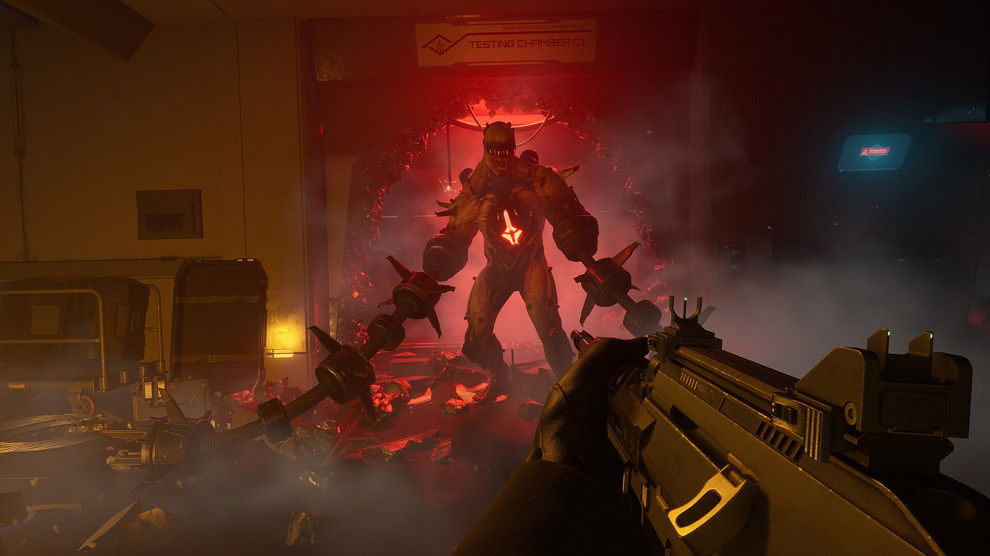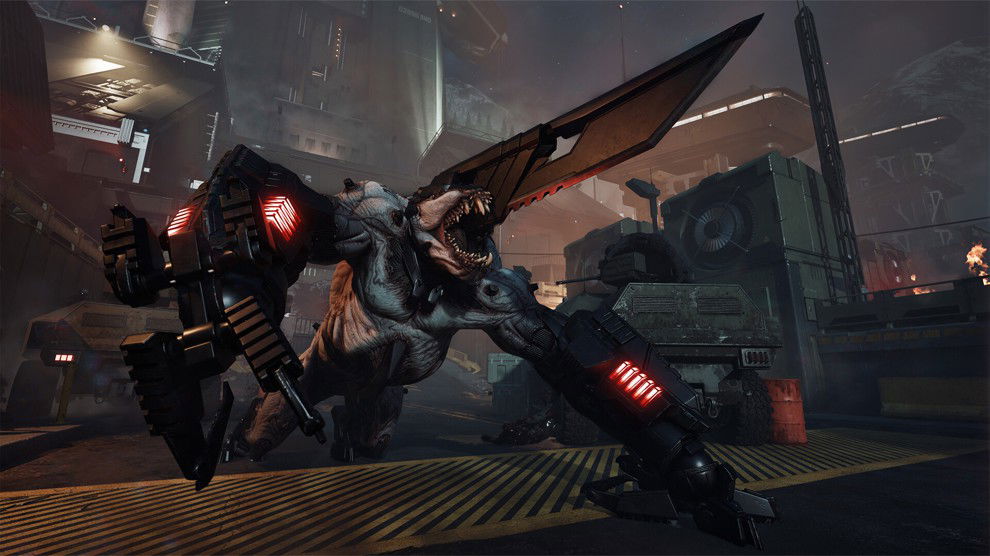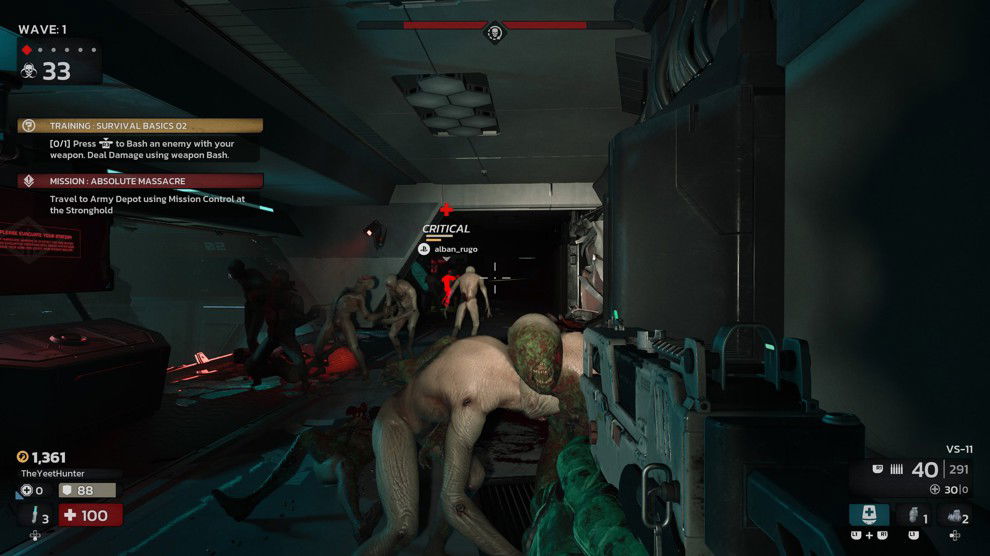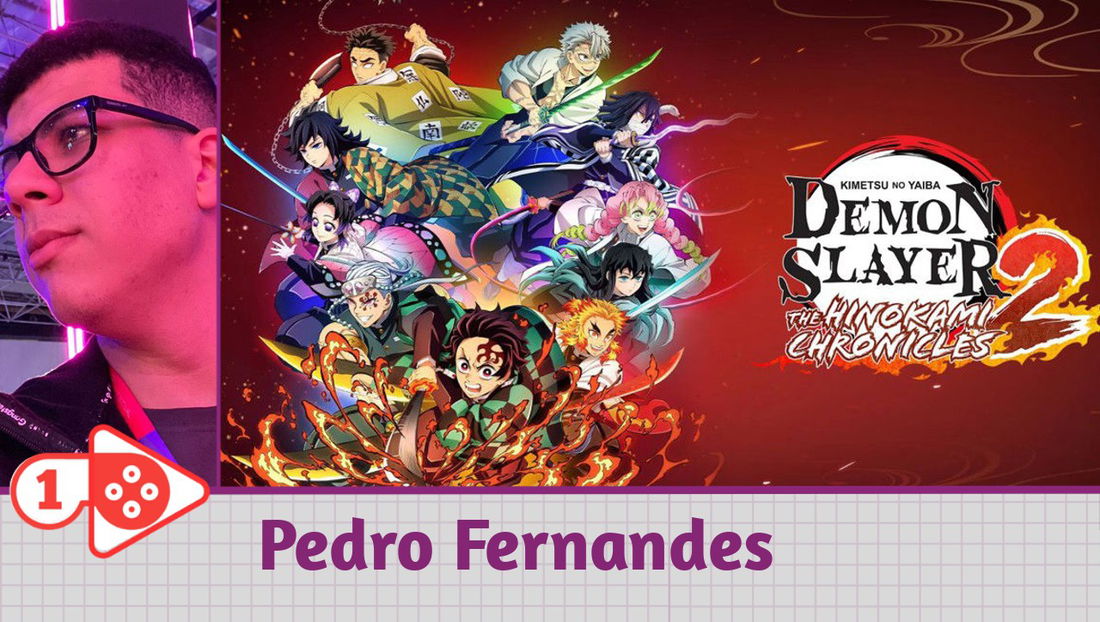Zombie games have always held a strong appeal, whether it's the horror of facing an undead creature that was once a loved one or the tension of being alone in the face of an uncontrollable threat. But ultimately, nothing is as satisfying in this type of game as blasting through waves of enemies with heavy weapons. And that's precisely what Killing Floor 3 delivers—even if, in the process, it ends up shedding some of the eccentric identity that had characterized the franchise up until then.
Tripwire Interactive's new game attempts to follow the same formula that worked in the previous two, but with some changes to the pacing, characters, and match structure. The idea remains the same: face hordes of monsters with a variety of weapons in environments filled with blood, explosions, and chaos. But some design and content decisions ended up making the game less daring than expected. So, let's talk about whether Killing Floor 3 is worth investing in, and if you have any questions, leave a comment.
A background that doesn't weigh too much
The story exists, as it always has in Killing Floor. And, once again, it's there more to justify the gunplay than to truly impact the experience. This time, the plot takes place in the year 2091. The megacorporation Horzine has managed to transform the zombies—called Zeds—into a controlled and ruthless army. As a member of a rebel group called Nightfall, your mission is simple: thwart Horzine's plans and destroy the monsters.

Despite this, the plot has little to no bearing on the gameplay. Aside from a few specific missions with more focused objectives, you can easily ignore the story and go straight to what really matters: the gunplay. There are no standout cutscenes, memorable dialogue, or any attempt to further develop this universe. The focus remains purely on the action, and this isn't exactly a problem, but it reinforces the idea that the narrative is just disposable background.
The basis stays the same
If you've played any previous title in the franchise, you'll feel right at home. Killing Floor 3 maintains the classic PvE cooperative mode structure in which up to six players team up to face five waves of enemies on various maps. At the end of the fifth round, a boss appears, ending the match—if you and your team survive that long.
During these rounds, players can accumulate currency by defeating Zeds, and between waves, you can purchase weapons, ammunition, armor, and tools at specific points on the maps. The gameplay is fast-paced and requires coordination between players, especially on the higher difficulty levels. But even when playing with strangers, the system encourages effective teamwork.
Combat remains the highlight. The pace is fast, the gunplay intense. It's the kind of game that doesn't give you time to overthink, and this constant urgency helps keep the adrenaline pumping.
Classes with more visual identity but less personality
One of the most noticeable new features is the classes. Killing Floor 3 features classic roles—like Commando, Medic, Sharpshooter, and others—each with specific abilities and weapons. None of this is new to those familiar with the franchise, but it still works very well.
While each class has its own style, the game allows you to use any weapon from any other class, which greatly flexes the experience and avoids the feeling of being tied to a single gameplay style. On the other hand, this freedom can somewhat diminish the relevance of specific abilities, as nothing prevents a Medic from using a heavy rifle if they have enough money.
Visually, the characters are quite varied. You'll find everything from soldiers in tactical armor to more cartoonish figures, like a man in a gas mask or a silent ninja. However, the more eccentric figures that characterized the previous games seem to have been left out. The absence of these more bizarre types is sorely missed, and even though they may appear as DLC in the future, the base game feels more restrained, more measured, almost trying to seem too "serious."
Less bizarre weapons, more functional customization
Weapons remain the heart of combat, and the basic variety covers all playstyles well. Machine guns, shotguns, rifles, dual pistols, acid launchers, and melee weapons are all here. But compared to previous games, there's a sense of less room for those absurd and funny inventions that once gave the arsenal so much personality.

There are still items like the healing flamethrower—always a strange and fun weapon—but this kind of creativity is less common. On the other hand, you can now add modifiers to basic weapons, allowing you to alter their effects. For example, you can make a shotgun deal fire damage or a submachine gun apply a corrosive effect to enemies.
This customization adds depth and helps create more specific playstyles, but it comes at a cost: money. The more attachments you want, the more expensive the weapon becomes in the shop between rounds. And this is where the system shows its flaws. Lower-level players start with less money, which means it will take them longer to buy a decent weapon with modifiers. This creates an artificial difference between beginners and veterans, punishing beginners for no clear reason.
The Problem of Progress and the Slow Start
Another aspect that hinders the experience is how progression works. The amount of money you receive for killing enemies varies depending on your performance and level, but at the start of each match, you have a fixed amount based on your character. If you're at a low level, you'll have fewer resources to invest in the first few rounds. This makes the beginning of matches more difficult for newcomers, who end up having to make do with weak weapons, while more experienced players start with better gear.
While this system encourages progress and rewards those who play longer, it can also discourage beginners or more casual players. A better balance would be welcome, perhaps with more standardized starting weapons or free access to at least one modifier per match.
Forgettable bosses, functional enemies
The Zeds remain disgusting, grotesque, and menacing. The feeling of being surrounded by these creatures remains strong, and the new models maintain the grotesque style of the previous ones. It's clear that attention to detail was paid to each enemy type, and while some redesigns won't please everyone, they serve their purpose well.
The biggest problem lies with the bosses. In Killing Floor 2, the bosses were characters: they had voices, memorable lines, taunted players, and seemed to have personalities. In Killing Floor 3, the bosses are just big, loud creatures. They roar, hit hard, and have special attacks, but they don't leave a lasting impression. They're good to fight, but forgettable. They lack that bizarre charisma that once made each boss feel unique.
Larger scenarios, but without identity
Visually, the game is more beautiful. The graphics have evolved compared to previous games, and the maps have more detail. You'll pass through destroyed cities, high-tech laboratories, and underground facilities, all with plenty of blood, smoke, and flashing lights. The atmosphere still works, but it lacks that touch of creativity that the series has shown in the past.

In Killing Floor 2, for example, there were absurd maps like an airship or even a bizarre amusement park. Here, everything is a bit more serious, cleaner, and more conventional. The maps are functional and well-designed, but they're not surprising. You get used to the environments too quickly, which takes away some of the fun of exploring between rounds.
Another detail is the new hub where you start before entering missions. It's used for testing weapons, switching classes, adjusting abilities, and preparing loadouts. The idea is good, but the space is too large and empty. It feels more like a disguised lobby than a real preparation environment. It could easily be replaced with menus and wouldn't make any difference.
Pros and Cons
Pros:
+ Excellent map design;
+ Fun perks;
Cons:
– Lots of game-as-a-service stuff;
– Server connection issues;
Conclusion
Killing Floor 3 delivers on its promise: frenetic gunplay against hordes of grotesque monsters with a reasonable variety of weapons and classes. The core gameplay is solid, and fans of the franchise will likely enjoy it, especially when playing with friends. However, it also feels more restrained than its predecessors, with fewer quirks, less personality, and design decisions that make progression more difficult for beginners.
It's a good game, but it lacks the boldness that once made Killing Floor stand out within the genre. For those looking for an intense cooperative shooter, it delivers. But for those expecting something as crazy, over-the-top, and memorable as the previous games, you might feel like the chaos lost some of its charm along the way.












— Comments 0
, Reactions 1
Be the first to comment